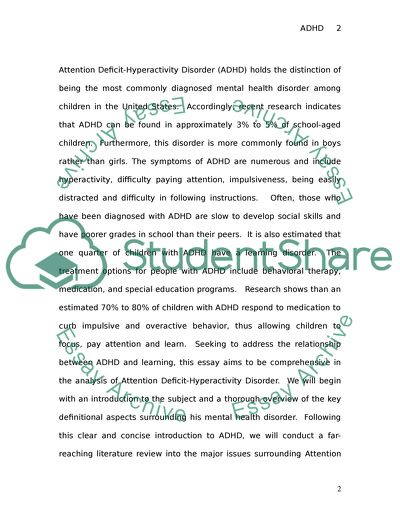Cite this document
(“Attention Deficit-Hyperactivity Disorder And Learning Essay”, n.d.)
Retrieved from https://studentshare.org/psychology/1555604-attention-deficit-hyperactivity-disorder-and-learning
Retrieved from https://studentshare.org/psychology/1555604-attention-deficit-hyperactivity-disorder-and-learning
(Attention Deficit-Hyperactivity Disorder And Learning Essay)
https://studentshare.org/psychology/1555604-attention-deficit-hyperactivity-disorder-and-learning.
https://studentshare.org/psychology/1555604-attention-deficit-hyperactivity-disorder-and-learning.
“Attention Deficit-Hyperactivity Disorder And Learning Essay”, n.d. https://studentshare.org/psychology/1555604-attention-deficit-hyperactivity-disorder-and-learning.


